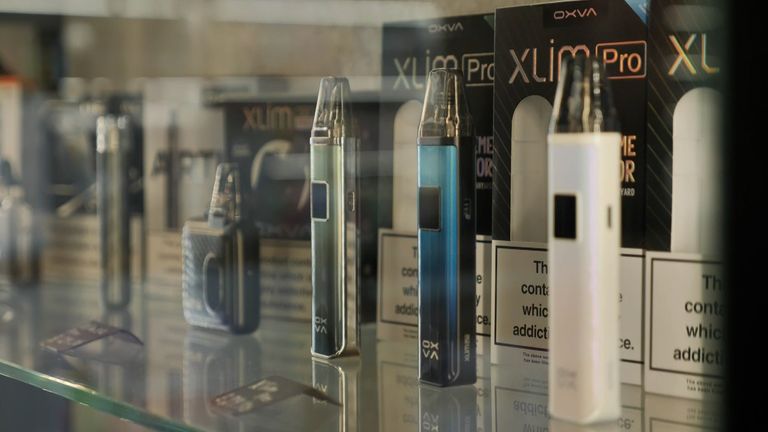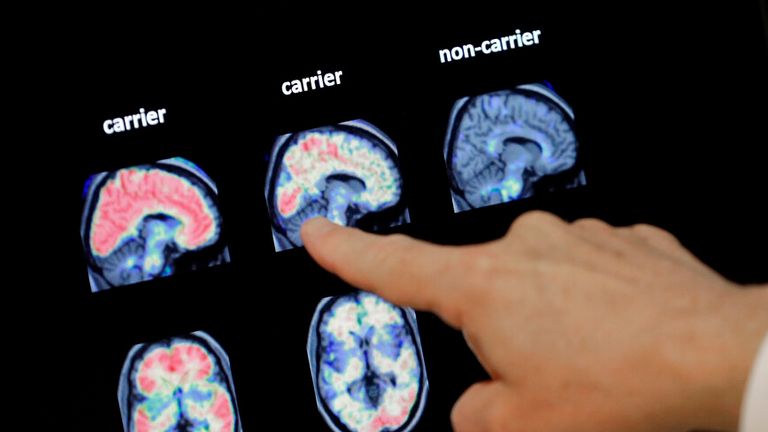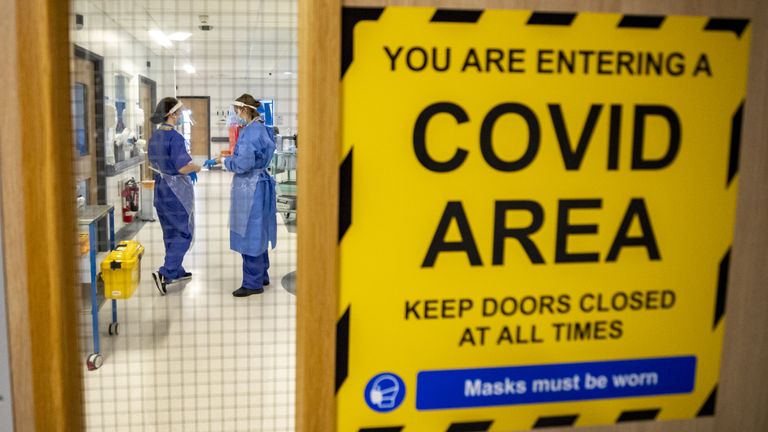EU proposing post-Brexit joint youth work and study scheme with UK | Politics News
Young people could be able to move more easily between the UK and Europe and stay longer to work, study and train under proposed plans by the European Union
Under the proposal, which has been put forward by the European Commission, new rules would be drawn up to allow for greater movement between the UK and EU countries for people aged between 18 and 30.
Formal negotiations have not yet begun, and a UK source told Sky News no formal proposal had been put forward by Brussels to begin negotiating on.
The proposal will be further discussed by the European Council, which represents all the nations, before negotiations start in earnest.
Politics latest: Police issues Mark Menzies update
The plans proposed by the EU would allow young people to stay in Europe for periods of four years, with the same rules extended to EU citizens coming to Britain.
It would also mean EU students paying the same fees as British ones. Since Brexit, UK universities have charged much higher fees to European students.
Announcing the move, the European Commission said it wanted to take an “innovative” approach to tackling the barriers experienced by young people looking to travel from the EU to the UK and vice versa for longer periods.
“The objective would be to facilitate youth exchanges, making it easier for young citizens to travel, work and live in the UK, with reciprocity for young UK nationals in a member state,” said the Commission, in a statement.
“The United Kingdom’s withdrawal from the European Union has hit young people in the EU and UK who would like to study, work and live abroad particularly hard,” claimed Maros Sefcovic, the Commission’s vice-president who oversees relations with the UK.
“Our aim is to rebuild human bridges between young Europeans on both sides of the Channel.”
This scheme is separate to the 90-day visa-less travel that UK citizens can take advantage of on the continent.
According to the Commission, they do not foresee the scheme allowing UK citizens to travel around the Schengen area unimpeded, but rather the visa would only be valid for a single state.
It added: “It is not about conferring to young UK nationals the benefits of the fundamental freedom of movement enjoyed by EU citizens.”
However, visas would not be “purpose-bound” and would allow people to work, travel or study.
Read more:
UK to rejoin EU Horizon programme through new agreement
New Brexit border post could be demolished
Rather than just being a free exchange, the EU also says it wants people taking part in the scheme to be subject to checks with the bloc or the UK able to reject applications – for example if someone was thought to be a threat to public policy, security or health.
The UK government currently has a series of agreements with 13 individual countries – including New Zealand, South Korea, Andorra, Iceland and India, which provide a similar pathway to what the EU is proposing.
The government has said it is open to the idea of extending those agreements with European countries, but has shied away from doing a pan-EU deal and there will be those who fear that an agreement such as this would be the first step towards the UK being drawn into a “freedom of movement” deal.
The EU said it wants a group deal to “ensure that all member states are treated equally in respect of mobility of young people to the UK” – but the current government seems to prefer its current set of agreements.
The Commission has rejected these fears, with sources insisting there is no intention of either pulling the UK into such a deal, or even offering it.
A Number 10 spokesperson said: “We have spoken about wanting to reduce legal migration and also about wanting to support UK talent and skills and that’s why we have a system in place whereby we have a number of agreements with individual EU member states where that works in our interests and we have that rather than a Commission-wide agreement.”
Labour denied it had plans for a youth mobility scheme.
👉 Listen above then tap here to follow the Sky News Daily wherever you get your podcasts 👈
Kate Nicholls, chief executive of UKHospitality, a trade body representing the hospitality sector in the UK, welcomed the move.
She said: “Such an agreement would be a huge success for hospitality and tourism and, practically, it would solve challenges for the live music and events sectors.”















